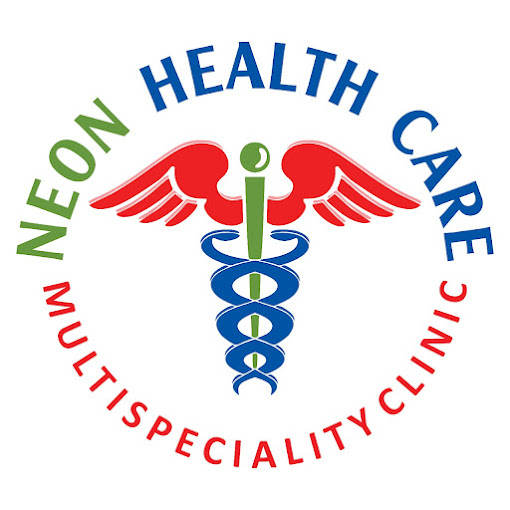Introduction
Sleep apnea is a condition that disrupts your breathing during sleep.
It significantly impacts health and daily life, often going undiagnosed.
Recognizing sleep apnea symptoms early can lead to better management and improved quality of life.
By learning about the causes of sleep apnea, its risks, and potential treatments, we empower individuals to seek help and make informed decisions about their health.
What is Sleep Apnea?
Sleep apnea affects breathing during sleep, leading to interruptions that can disturb sleep quality.
It comes in a few different types: –
- Obstructive Sleep Apnea (OSA): caused by blocked airways.
- Central Sleep Apnea (CSA): where the brain doesn’t send proper signals to muscles controlling breathing.
- Complex Sleep Apnea Syndrome: a combination of both OSA and CSA.
Understanding these variations can help in identifying sleep apnea symptoms more effectively and seeking appropriate treatment.
Identifying Sleep Apnea Symptoms
Common signs of sleep apnea include loud snoring, gasping, or choking during sleep. There might also be: –
- Insomnia
- Irritability
- Daytime fatigue
These sleep apnea symptoms impact well-being and can significantly reduce the quality of daily life activities.
Recognizing these early can lead to timely intervention and prevent the effects of untreated sleep apnea.
Decoding the Causes of Obstructive Sleep Apnea (OSA)
Understanding the causes of sleep apnea, especially OSA, involves both lifestyle and anatomical factors:
- Sleeping posture
- Certain anatomical features like throat or nasal issues
Risk factors include age, weight, sex, and other existing medical conditions.
Identifying these factors is crucial in developing a treatment plan and improving overall health.
Addressing these causes of sleep apnea early can mitigate risks significantly.
Understanding Central Sleep Apnea (CSA) Causes
Central Sleep Apnea (CSA) results from brain communication issues. Specific risk factors include: –
- Age
- Existing medical conditions
- High altitude exposure
- Certain medications
Recognizing these triggers can help in diagnosing CSA promptly and reduce the long-term effects of untreated sleep apnea.
Unpacking the Risks: Effects of Untreated Sleep Apnea
Leaving sleep apnea untreated can have broad health impacts: –
- Cardiovascular problems
- Metabolic issues
- Mental health challenges
These complications highlight the importance of timely sleep apnea diagnosis and management strategies to reduce potential long-term health risks and improve quality of life.
The Road to Diagnosis
Obtaining a sleep apnea diagnosis involves sleep studies or at-home tests. It’s crucial to engage healthcare professionals who can guide patients through the process. Diagnosing correctly early on is vital to develop an effective management plan and prevent the effects of untreated sleep apnea.
Solutions: Treatments for Obstructive Sleep Apnea (OSA)
Treatments for sleep apnea are varied: –
- Positive Airway Pressure (PAP) therapy: using a machine to keep airways open
- Lifestyle adjustments: weight loss, sleeping on the side
- Surgical options
- New medications
Maintaining these treatments can help manage sleep apnea symptoms effectively. Adjusting daily habits and being aware of potential lifestyle changes are often crucial steps in treatment.
Managing Central Sleep Apnea (CSA)
Treating CSA involves addressing root medical issues and may include: –
- Using breathing aids
- Optional oxygen therapy
- Exploring new medications
Understanding the importance of these solutions is key to managing sleep apnea symptoms effectively and reducing adverse health impacts.
Continuing Management and Prevention Strategies
Managing sleep apnea involves lifestyle changes, regular healthcare check-ups, and addressing symptoms early. Encouraging proactive healthcare engagement ensures comprehensive care and can mitigate progression of symptoms, providing a better quality of life.
Conclusion
Through this brief exploration, we’ve outlined the key aspects of sleep apnea, from understanding symptoms to the importance of early diagnosis and treatment. It’s essential for everyone to remain informed about their health and seek medical advice if any sleep apnea symptoms are recognized. Being proactive can reduce risks and improve overall well-being.
Additional Resources
For more insight, you can visit trusted health websites or consult sleep specialists. For those seeking local expertise, our partner, Neon Healthcare Multispecialty Hospital, offers comprehensive diagnostic and therapeutic services. Contact them to schedule a consultation and take proactive steps in managing your sleep apnea effectively. Their team is ready to provide personalized support to guide you towards better health.


